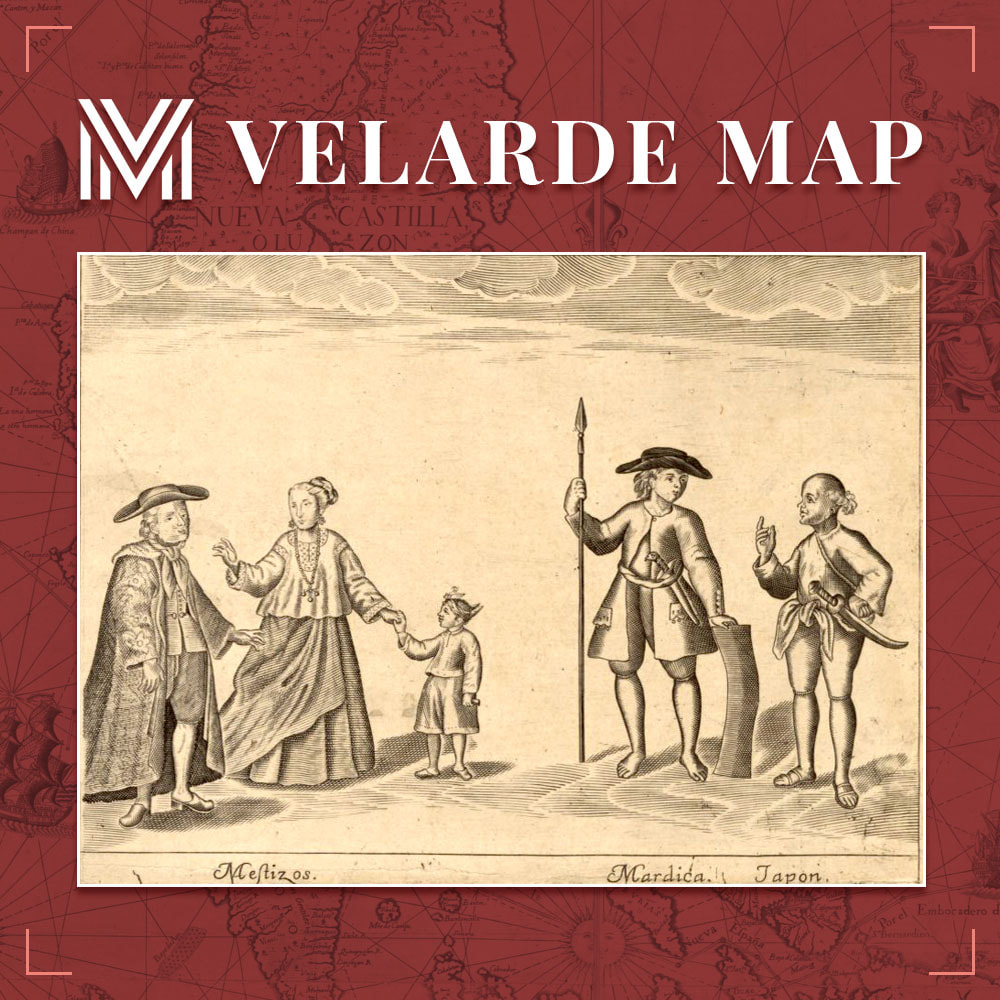The Filipino Mestizo

The historical connection of Japan and the Philippines dates back to the early 8th to 12th centuries CE, and there are earlier accounts stating that it even stretches as far back as the neolithic period. Long before the Spanish conquest, the Japanese were trading with Philippine dynasties, primarily in pottery and gold. Japanese traders, particularly those from Nagasaki, were known to frequently visit the Philippine coasts, bartering Japanese commodities for Filipino items such as gold and pearls, according to historical documents. Shipwrecked Japanese seafarers, pirate merchants, and immigrants eventually settled in the Philippines and intermarried with the locals.
The Mardica people are a group of descendants of liberated slaves who live in the Dutch East Indies (modern-day Indonesia). The Mardicans’ forefathers had been Portuguese slaves in India, Africa, and the Malay Peninsula, and were transported to Indonesia by the Dutch East India Company (VOC), particularly following the 1641 Dutch invasion of Malacca, when Portuguese speakers in the city were abducted.
The Filipino Mestizo in the Philippines, or colloquially “Tisoy,” are settlers who have Filipino and foreign blood. The term “mestizo” is Spanish in origin, and it was initially used in the Americas to refer to persons who were of mixed Native American and European descent.
This section of the Carta Hydrographica y Chorographica de las Yslas Filipinas showcases the three aforementioned groups that lived in the 18th century Philippines: The Mestizos, Mardicans from Ternate and Tidore, and the Japanese or “Japon.”

